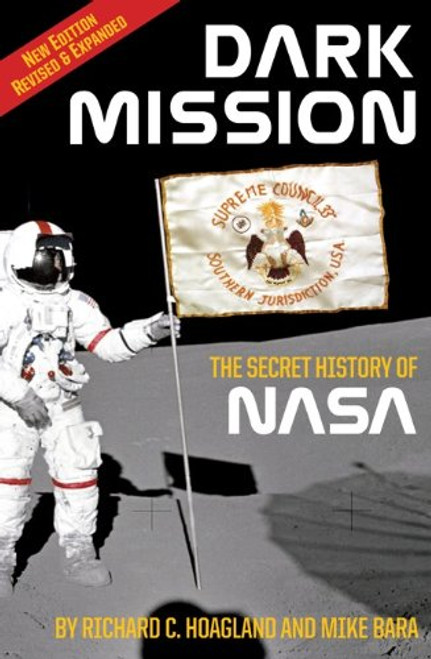Product Overview
When Galileo lifted off from Kennedy Space Center on 18 October 1989, it began an interplanetary voyage that took it to Venus, two asteroids, back to Earth, and finally on to Jupiter. The crafts instruments studied Jupiters enormous magnetosphere and its belts of intense radiation.The spacecraft also sent off a planetary probe that accomplished the most difficult atmospheric entry ever attempted.After this, the craft spent years visiting Jupiters moons and delving into their structures and properties.
This book attempts to convey the creativity, leadership, and vision that were necessary for the missions success. It is a book about dedicated people and their scientific and engineering achievements. The Galileo mission faced many significant problems. Some of the most brilliant accomplishments and work-arounds (such as problems with the high-gain antenna) of the Galileo staff occurred precisely when these challenges arose.Throughout the mission, engineers and scientists found ways to keep the spacecraft operational, from a distance of nearly half a billion miles, enabling one of the most impressive voyages of scientific discovery.






